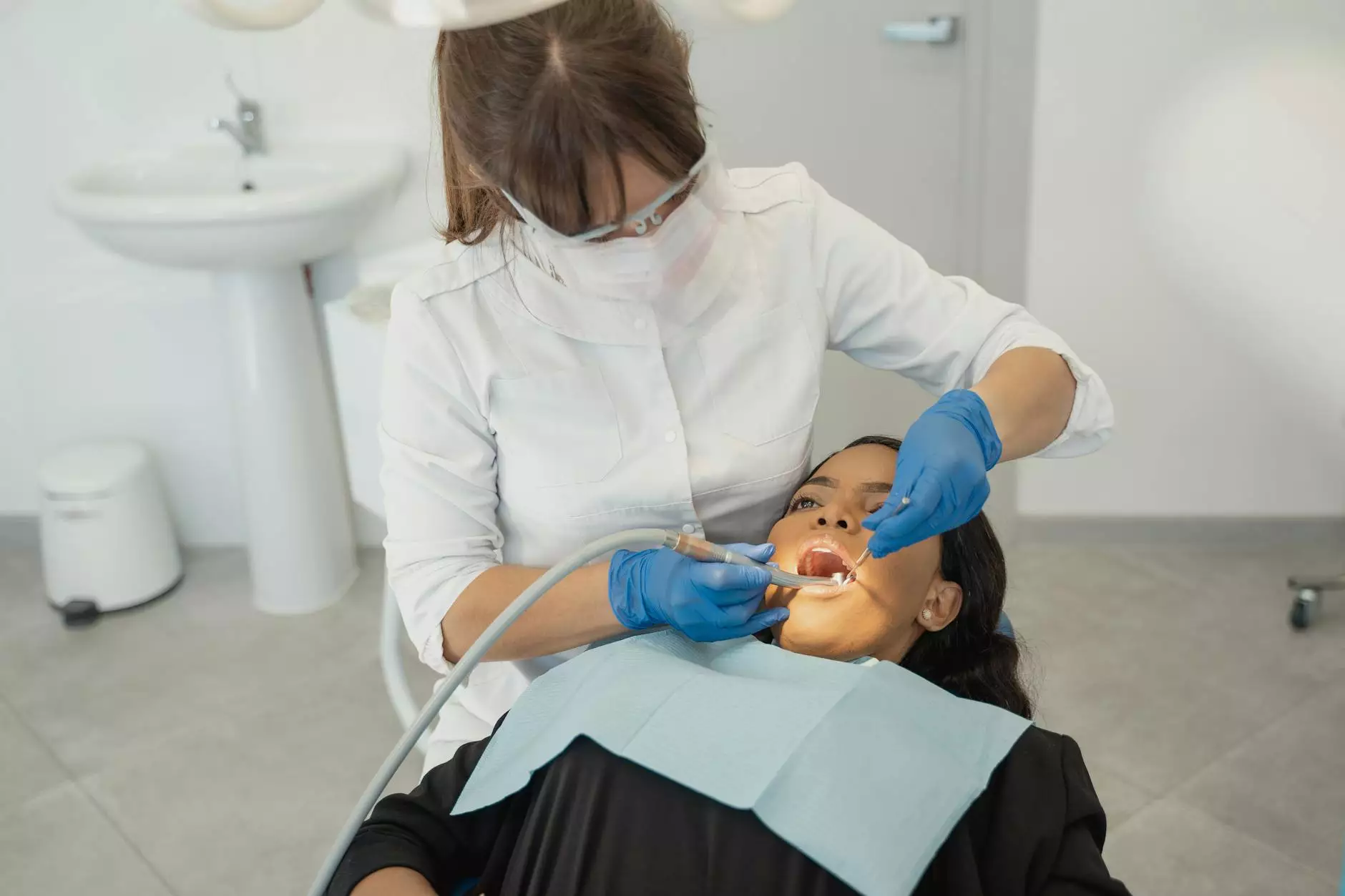Understanding the Signs and Symptoms of Thrombosis: A Vital Guide for Vascular Health

Thrombosis is a medical condition characterized by the formation of blood clots within the blood vessels, which can have serious health consequences if not identified and treated promptly. Recognizing the signs and symptoms of thrombosis is critical for early diagnosis and effective management, potentially preventing life-threatening complications such as pulmonary embolism, deep vein thrombosis (DVT), or stroke. This comprehensive guide aims to provide an in-depth understanding of thrombosis, detailed descriptions of its symptoms, and vital information on how vascular medicine specialists approach this condition.
What Is Thrombosis? An Overview of Vascular Clot Formation
Thrombosis occurs when a blood clot, or thrombus, forms in a blood vessel, obstructing normal blood flow. This process can happen in arteries or veins and can be classified as:
- Deep Vein Thrombosis (DVT): Clot formation in deep veins, most commonly in the legs.
- Pulmonary Embolism (PE): A potentially fatal condition that occurs when a piece of a clot breaks off and travels to the lungs.
- Arterial Thrombosis: Clots in arteries that can lead to heart attacks or strokes.
Thrombosis often results from a combination of factors known as Virchow's Triad:
- Hypercoagulability: Increased tendency of blood to clot.
- Endothelial injury: Damage to the blood vessel lining.
- Stasis of blood flow: Slowed or stagnant blood flow.
Recognizing the Signs and Symptoms of Thrombosis: What to Watch For
Early detection of thrombosis hinges on recognizing its signs and symptoms. These indicators can vary depending on the location and severity of the clot:
Signs and Symptoms of Deep Vein Thrombosis (DVT)
- Swelling: Unilateral swelling of the affected limb, often described as a feeling of heaviness or tightness.
- Pain: Persistent, aching pain or tenderness, usually starting in the calf or thigh.
- Redness and warmth: Localized redness, warmth, or discoloration at the site of the clot.
- Skin changes: Alterations in skin texture, including tenderness when touched.
Signs and Symptoms of Pulmonary Embolism (PE)
- Sudden shortness of breath: Most prominent symptom, worsening rapidly.
- Chest pain: Sharp, stabbing chest pain that may worsen with deep breaths or coughing.
- Cough: Sometimes with blood-tinged sputum.
- Rapid heartbeat: Palpitations or irregular heartbeat may occur.
- Dizziness or fainting: Signs of compromised blood flow that require immediate attention.
Signs and Symptoms of Arterial Thrombosis (Stroke or Heart Attack)
- Sudden weakness or numbness: Especially on one side of the body.
- Difficulty speaking: Sudden confusion or trouble understanding speech.
- Loss of coordination: Balance problems or dizziness.
- Chest discomfort: Discomfort or pain in the chest, neck, or jaw.
- Visual disturbances: Sudden vision changes or loss in one eye.
Evaluating and Diagnosing Thrombosis: The Role of Vascular Medicine
Vascular medicine specialists utilize a combination of clinical assessment, imaging techniques, and laboratory tests to confirm thrombosis. The signs and symptoms of thrombosis often prompt immediate investigation:
- Doppler ultrasound: The primary diagnostic tool for DVT, allowing visualization of blood flow and clot presence.
- Ventilation-perfusion (V/Q) scan and CT pulmonary angiography: Used for confirming pulmonary embolism.
- Blood tests: D-dimer levels, which are elevated in active clotting, assist in diagnosis but are not definitive alone.
- Electrocardiogram (ECG): Detects signs of cardiac ischemia or arrhythmias related to arterial thrombosis.
Why Recognizing the Signs and Symptoms of Thrombosis Matters: Prevention and Early Intervention
The importance of understanding and identifying these signs cannot be overstated. Early detection of thrombosis allows for timely intervention, which can:
- Reduce the risk of embolic events and organ damage.
- Lower mortality rates associated with pulmonary embolism and stroke.
- Improve overall prognosis and quality of life.
- Enable personalized treatment plans tailored to the patient’s specific condition.
Preventive Measures and Risk Reduction Strategies
Prevention plays a vital role in managing thrombosis risk, especially in high-risk individuals. Strategies include:
- Maintaining active lifestyles: Regular movement and exercise promote healthy blood circulation.
- Managing underlying conditions: Control of hypertension, diabetes, and hyperlipidemia reduces risk factors.
- Utilizing compression stockings: Especially after surgery or prolonged immobility.
- Anticoagulant therapy: Prescribed by vascular specialists for high-risk patients or those with prior thrombosis.
- Avoiding smoking: Tobacco use can damage blood vessel lining and increase clot risk.
Innovations in Vascular Medicine and Thrombosis Treatment
Advancements in vascular medicine have led to less invasive, more effective treatments for thrombosis, which include:
- Catheter-directed thrombolysis: Targeted clot dissolution using clot-busting medications.
- Mechanical thrombectomy: Removal of clots via minimally invasive procedures.
- Novel anticoagulants: Direct oral anticoagulants (DOACs) that simplify management and reduce side effects.
- Genetic testing: To identify inherited clotting disorders that may influence treatment choices.
Conclusion: Taking Action to Protect Vascular Health
Understanding the signs and symptoms of thrombosis is essential for everyone, particularly those with risk factors such as prolonged immobility, recent surgery, or underlying medical conditions. Early recognition, prompt diagnosis, and advanced treatment provided by vascular medicine specialists can significantly reduce complications, improve outcomes, and save lives.
At Truffle Vein Specialists, our team of expert doctors dedicated to vascular health leverages cutting-edge technology and personalized care to combat thrombosis effectively. If you suspect any symptoms related to thrombosis, do not delay seeking professional evaluation.
Remember, proactive vascular health management and early intervention are the keys to maintaining a vibrant, healthy life free from the serious consequences of undetected thrombosis.









